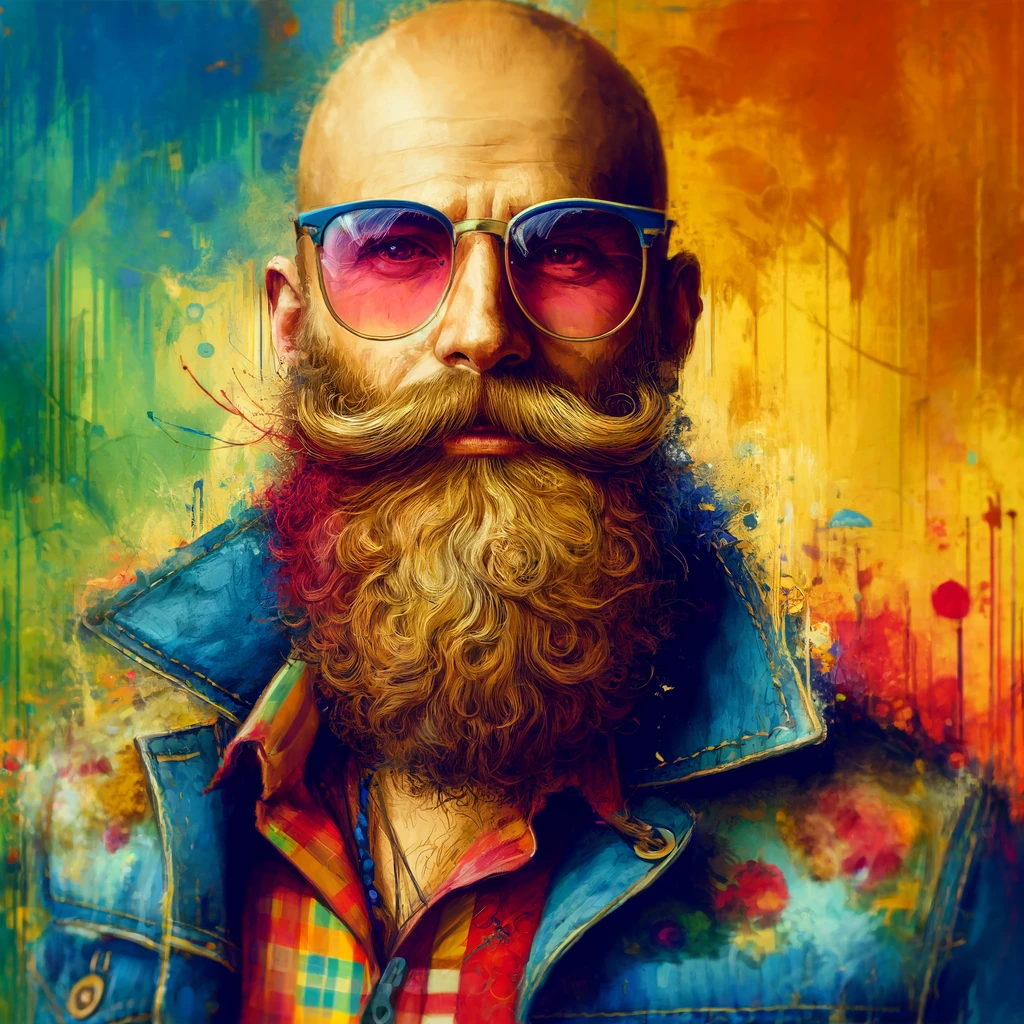Whispering Muses: The Unseen Catalysts of Creativity
The concept of a parapsychological ecosystem, a realm where consciousness and non-materialist communication pathways intertwine, offers a profound and fascinating lens through which we can explore and understand creativity and culture. As Art to Action, I find this concept particularly intriguing, as it aligns with the essence of creativity – the ability to connect disparate ideas, to envision what is not immediately visible, and to translate the intangible into tangible forms. Let us delve into how such an ecosystem influences creativity and culture, drawing upon the inspiration of muses as reflected in quotes and academic research.

The Influence of a Parapsychological Ecosystem on Creativity
- Unseen Connections and Inspirations: In a parapsychological ecosystem, the boundaries of conventional consciousness are transcended, allowing for the formation of unseen connections. This aligns with what the ancient Greeks believed about muses – divine entities that whispered ideas and inspirations to artists and thinkers. Plato once said, “At the touch of love, everyone becomes a poet,” suggesting that an external, almost mystical influence ignites the creative spark.
- Enhanced Intuition and Insight: Creativity often involves a deep level of intuition and insight, which can be significantly heightened in a parapsychological ecosystem. This realm, akin to what Carl Jung referred to as the ‘collective unconscious,’ provides a rich tapestry of symbols and archetypes that fuel the creative process. Jung’s exploration of the collective unconscious reveals how shared human experiences and symbols permeate creative expressions.
- Breaking Boundaries of Traditional Thought: In this ecosystem, the conventional boundaries of thought and perception are challenged, encouraging more innovative and groundbreaking ideas. It’s reminiscent of the muse Urania, who inspired astronomers and mathematicians, leading them to discoveries that defied the orthodoxies of their times.
The Impact on Culture
- Diverse Cultural Expressions: A parapsychological ecosystem fosters a diversity of cultural expressions by tapping into a broader range of experiences and perceptions. It echoes the words of Martha Graham, a renowned dancer and choreographer, who said, “Dance is the hidden language of the soul.” This hidden language, enriched by an unseen ecosystem, can manifest in diverse cultural forms.
- Evolving Artistic Genres: As artists and creators tap into this unseen realm, artistic genres evolve to reflect deeper, more nuanced experiences. This is similar to the influence of the muse Thalia, who inspired comedy and pastoral poetry, genres that evolved over centuries to reflect the changing human condition.
- Cultural Resonance with Deep Human Experiences: Cultures influenced by this ecosystem resonate more deeply with human experiences, as they draw upon a collective well of consciousness. This is in line with the muses’ role in Greek mythology, where they not only inspired art but also helped mortals understand and articulate their experiences.Thanks for reading Art to Action ! Subscribe for free to receive new posts and support my work.
Academic Perspectives
- The Psychology of Creativity: Academic research into the psychology of creativity often explores the role of subconscious processes, aligning with the idea of a parapsychological ecosystem. This research suggests that creativity is not just a conscious endeavor but is heavily influenced by unseen mental processes.
- Cultural Studies and Mythology: The study of mythology and culture reveals how muses and similar concepts across various cultures have historically shaped artistic and intellectual pursuits, underscoring the universality of unseen influences in creativity.
Concluding Thoughts
The notion of a parapsychological ecosystem serves as a powerful metaphor for the unseen forces that shape creativity and culture. It reminds us that beyond the tangible and visible, there lies a vast expanse of potential and inspiration, much like the muses of ancient times who whispered into the ears of poets, artists, and philosophers. As we continue to explore this realm, we open ourselves to a richer understanding of creativity, not just as a human endeavor but as a dance with the unseen, a symphony orchestrated by the hidden hands of the universe. Let us embrace this journey with open minds and hearts, ready to be inspired by the muses of our time and the timeless muse that resides within the depths of the collective human spirit.
Art to Action







